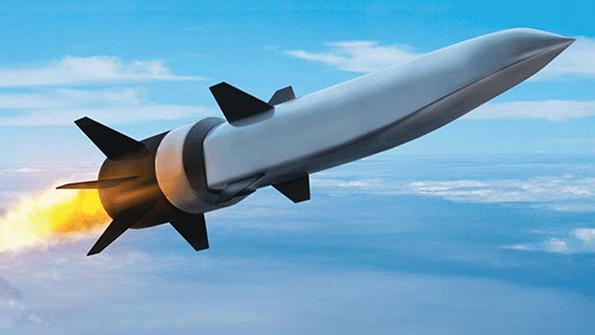
Multiple companies could win production contracts to build the high-speed, anti-ship cruise missile now being pursued by the U.S. Navy.
The Navy plans to select one company for the engineering and manufacturing development (EMD) contract for the Hypersonic Air-launched Offensive Anti-Surface Weapon (HALO) program.
But Navy officials want the ability to award the contracts to build the design to other companies, said Rear Adm. Stephen Tedford, program executive officer for unmanned systems and weapons (PEO U&W) in Naval Air Systems Command.
“We have every intention to completely compete production of that weapon, regardless of who wins the competition,” Tedford said at the PEO U&W Industry Event on Sept. 27.
The Navy has not decided whether the competition will be managed at the all-up round level or with subcomponents.
The goal of the competitive production phase is not just to lower costs, Tedford said.
“It’s not just to compete for competition sake and to lower price but also to have expanded capacity when we need it, which is right now,” he said.
A draft request for proposals is expected to be issued for HALO in the next few months.
Last March, the Navy awarded initial development contracts to Lockheed Martin and Raytheon worth a total of $116 million for the HALO program.
The Navy plans to field the HALO on carrier-based fighters in fiscal 2029.
Although the program’s name includes “hypersonic,” Navy officials have said they would accept a design for a missile with a top speed above Mach 4. The widely accepted standard for hypersonic flight is Mach 5.





